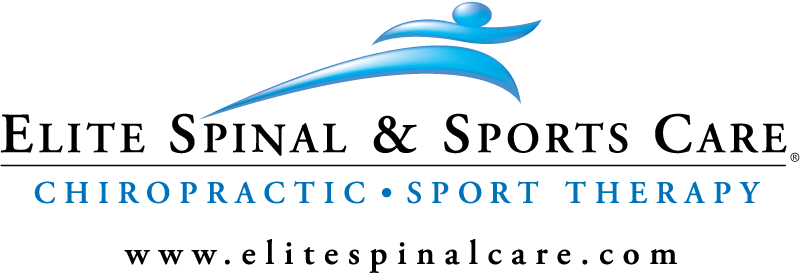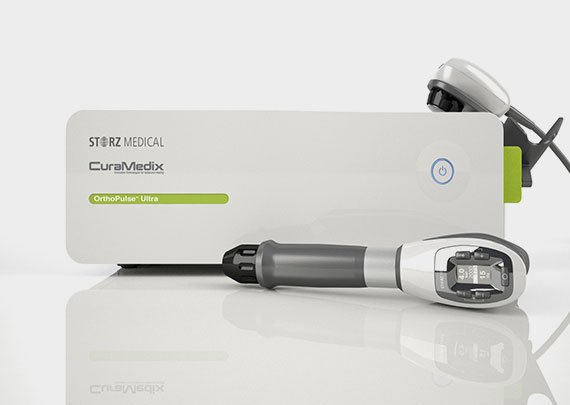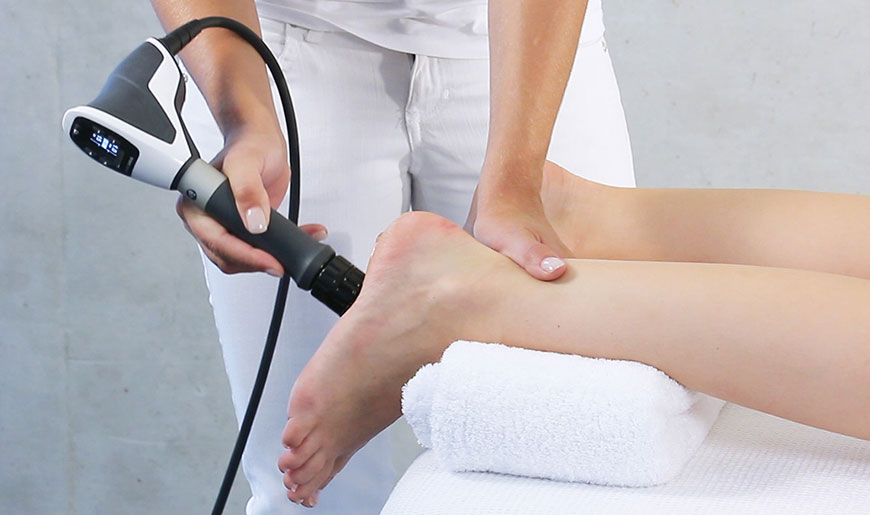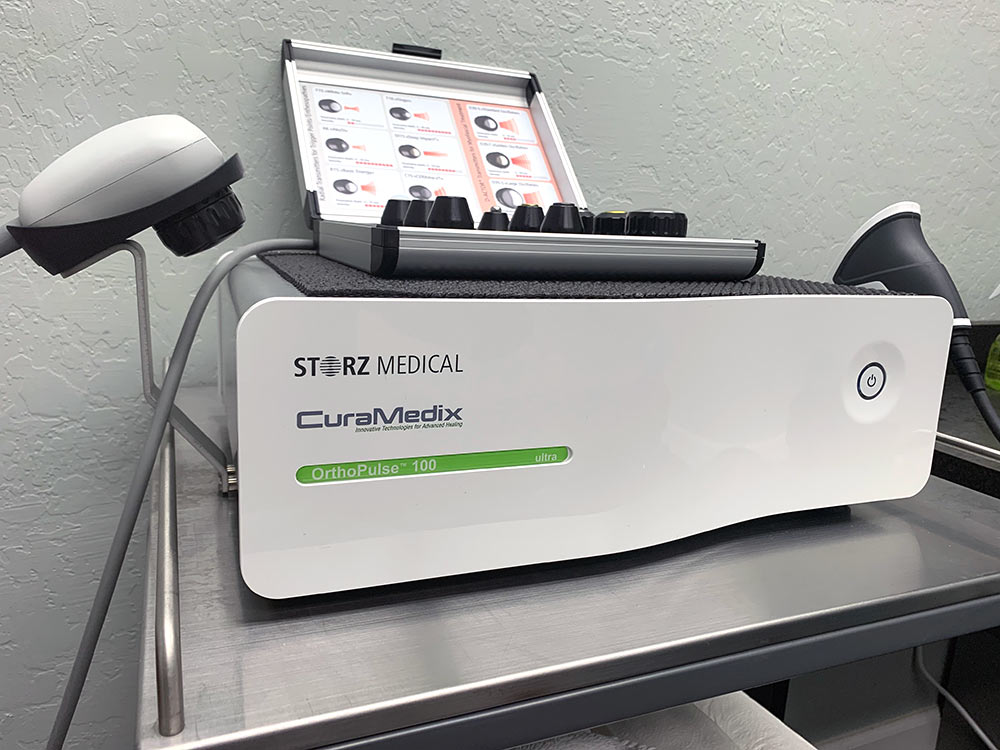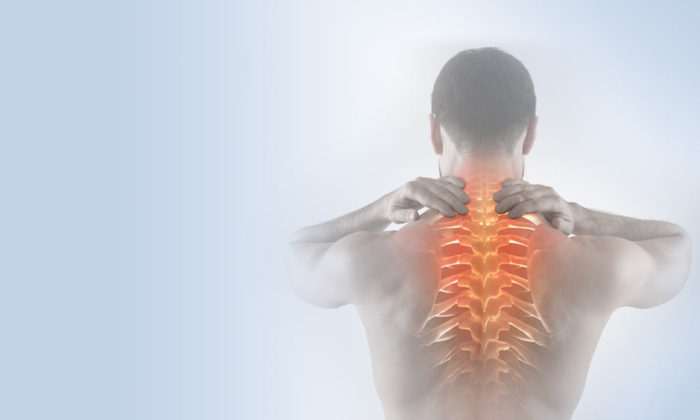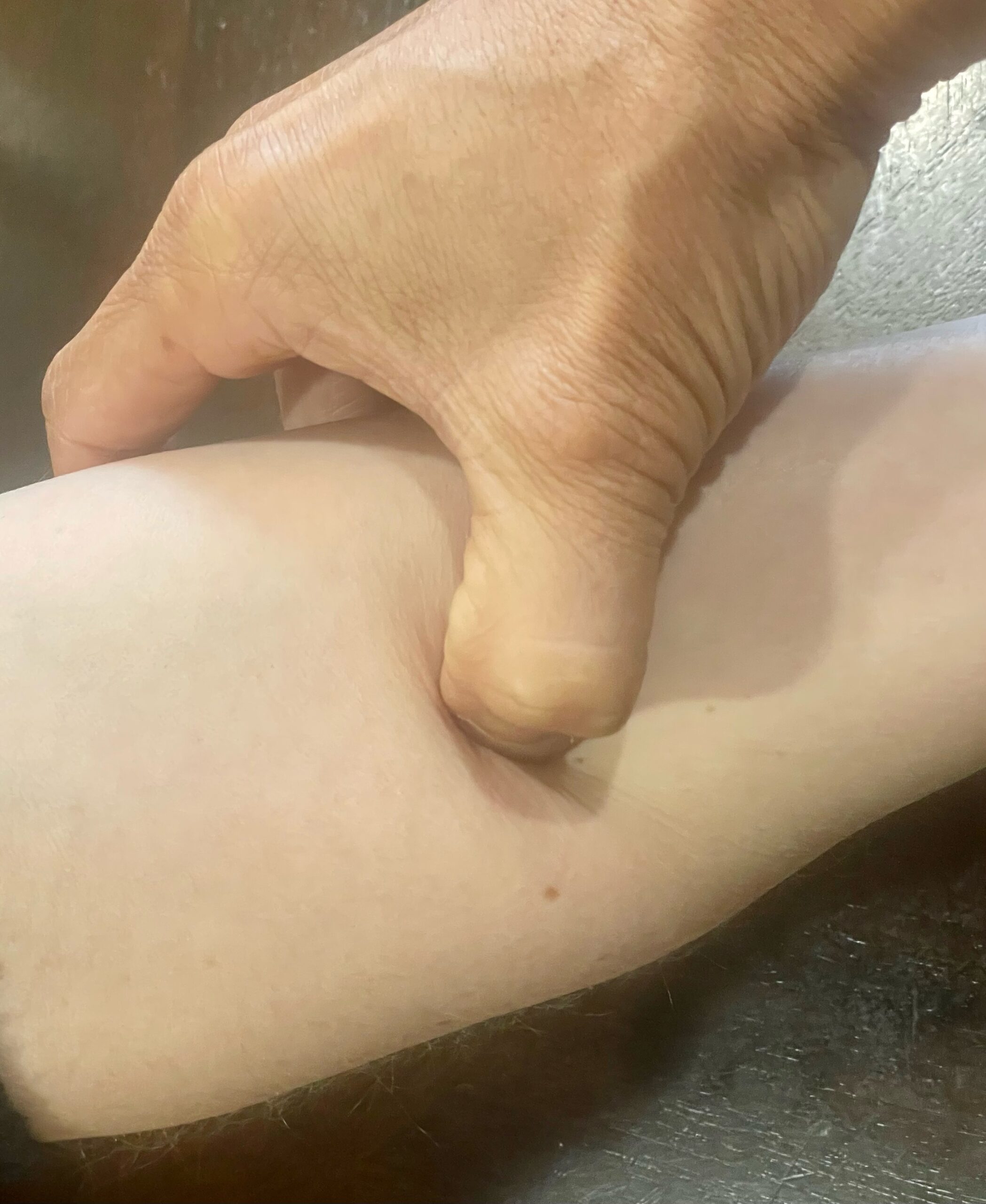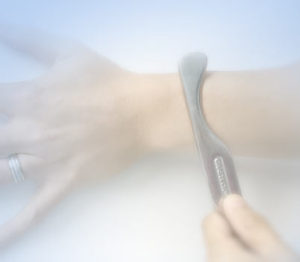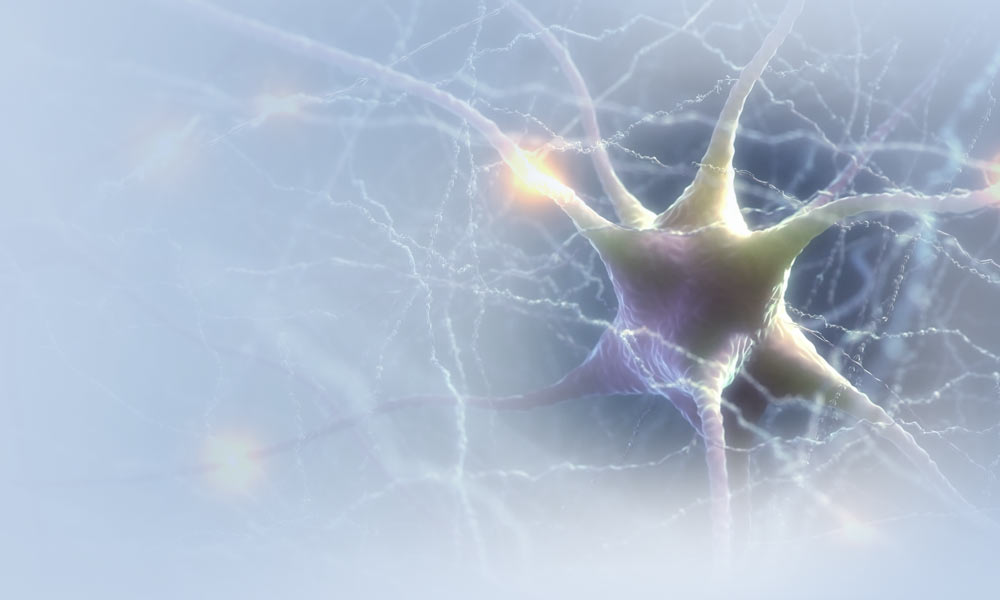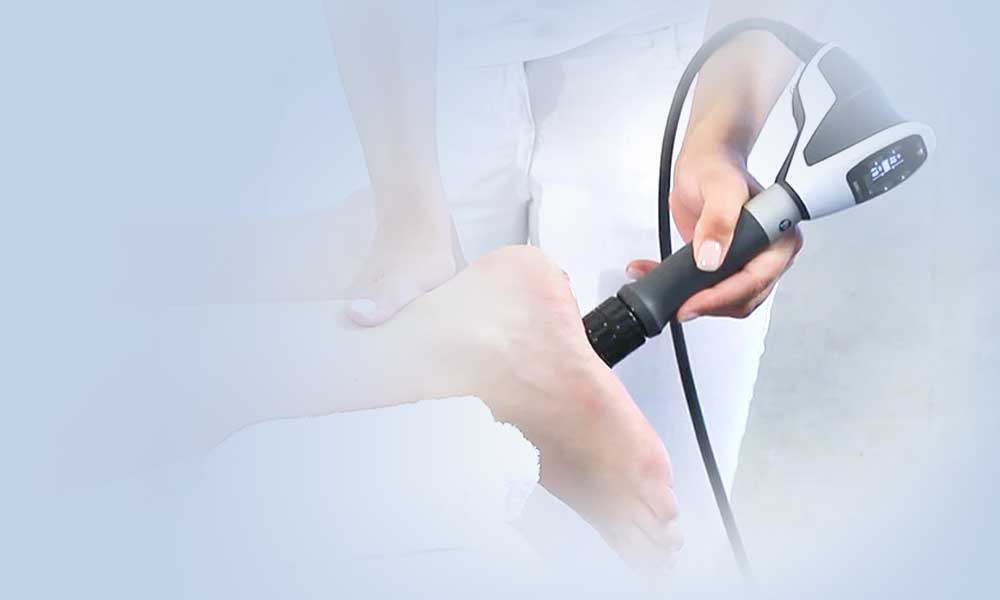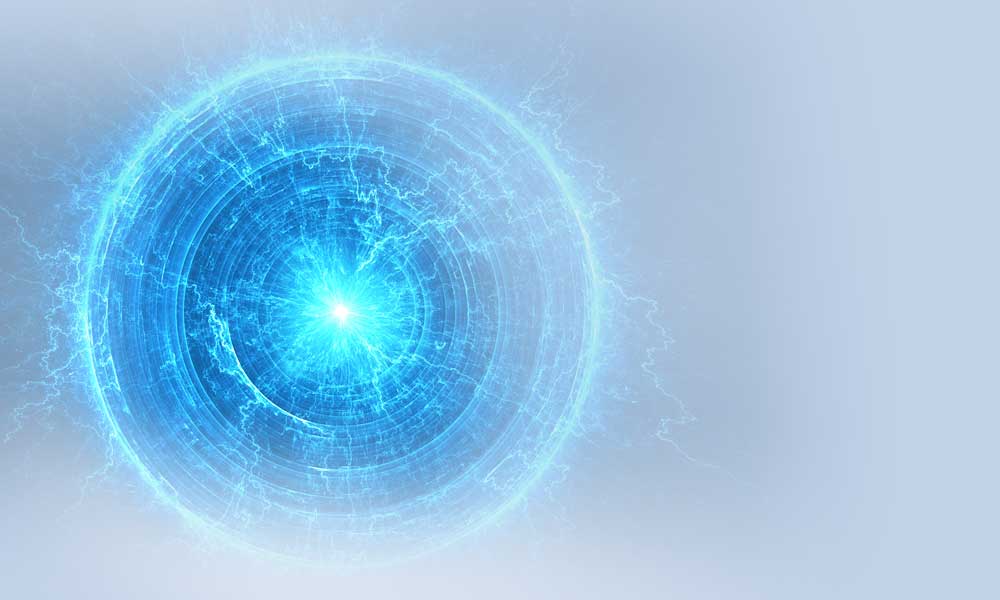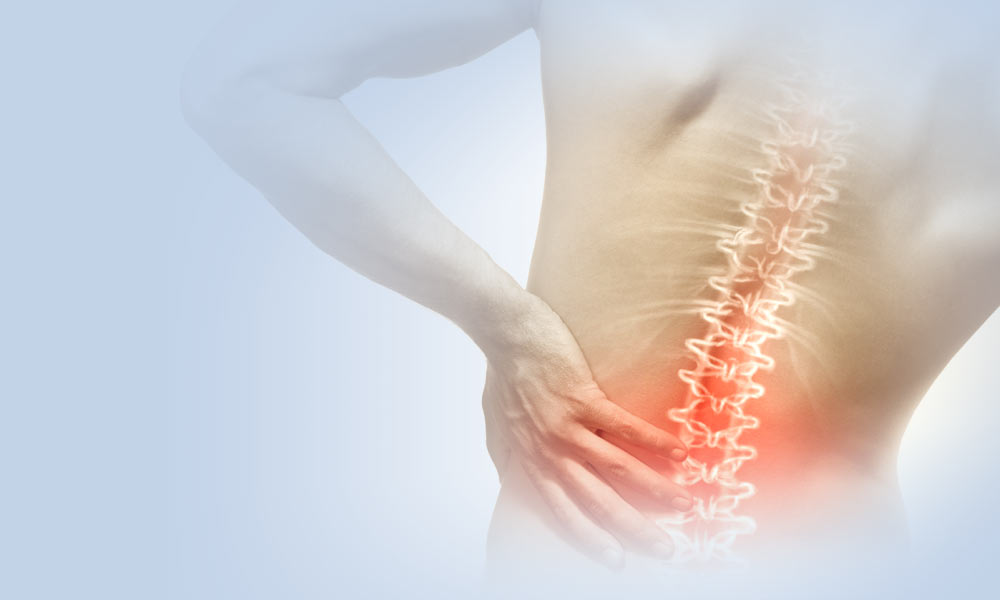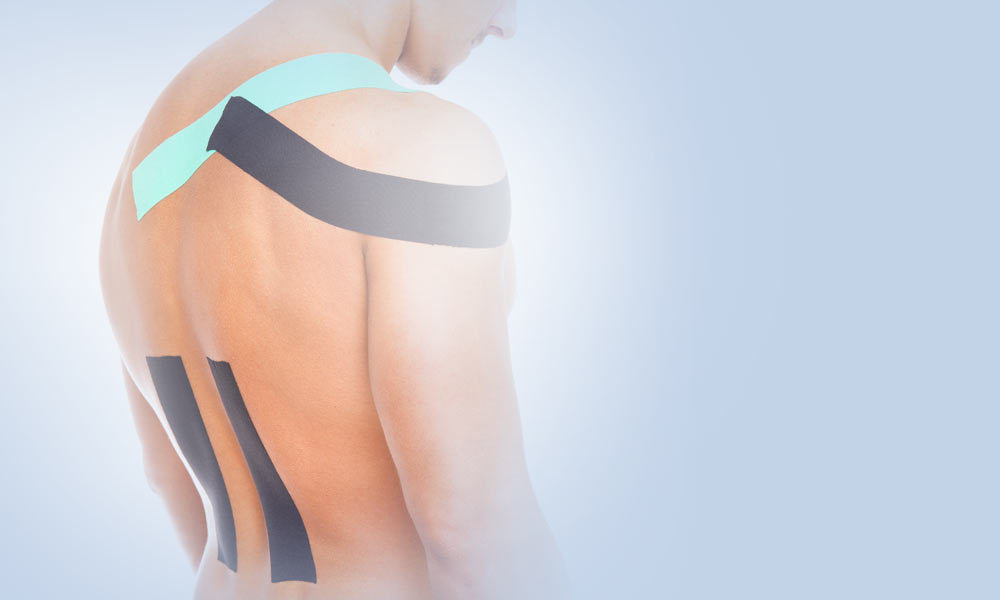Most patients will leave the office immediately with a temporary reduction in pain. Patients are able to walk out of the office and resume normal weight bearing activities.
Shockwave Therapy (EPAT) has virtually no risks or side effects. Treatment sessions take approximately 5-10 minutes depending on the disorder to be treated. Generally, 3-5 treatment sessions are necessary at weekly intervals.
The beneficial effects of EPAT are often experienced after only 3 treatments. Some patients report immediate pain relief after the treatment, although it can take up to four weeks for pain relief to begin. The procedure can eliminate pain and restore full mobility, thus improving your quality of life. More than 80% of patients treated report to be pain free or have significant pain reduction.
